THIS ARTICLE IS MORE THAN FIVE YEARS OLD
This article is more than five years old. Autism research — and science in general — is constantly evolving, so older articles may contain information or theories that have been reevaluated since their original publication date.
Some of our favorite stories this year went beyond the news to lay bare critical controversies or highlight real-world implications of research.
Here, in no particular order, are our top 10 picks.
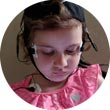 1. Wide awake: Why children with autism struggle with sleep
1. Wide awake: Why children with autism struggle with sleep
Half of children with autism have trouble falling or staying asleep, which may make their symptoms worse. Ingfei Chen investigates what’s going wrong in the midnight hour.
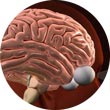 2. Brain’s face detector lights up questions about autism’s origins
2. Brain’s face detector lights up questions about autism’s origins
A small patch of brain just behind the ear lights up in response to faces. Contributing writer Sarah DeWeerdt explores what this brain region, called the fusiform face area, reveals about social deficits in autism.
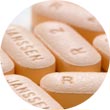 3. Pharma company may have downplayed side effects of autism drug
3. Pharma company may have downplayed side effects of autism drug
Risperidone, one of only two drugs approved to treat irritability in children with autism, is known to carry serious risks. The drug’s manufacturer, Janssen Pharmaceuticals, may have omitted data on these risks from a study published before the drug’s approval, as staff writer Jessica Wright details in this piece.
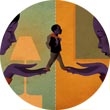 4. Experimental autism treatments put to test in real world
4. Experimental autism treatments put to test in real world
Many autism therapies look promising in the hands of skilled clinicians in well-equipped labs or classrooms, but fail when they get to the real world. Staff writer Nicholette Zeliadt follows researchers who are adapting these treatments to community settings with limited resources.
 5. The children who leave autism behind
5. The children who leave autism behind
Autism is usually thought to be a lifelong condition, but a small number of children shed the diagnosis. Siri Carpenter investigates whether and why some children outgrow autism.
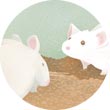 6. Of mice and women
6. Of mice and women
For decades, researchers predominantly used male mice for experiments and reserved females for breeding. Freelancer Brooke Borel explains why a new push to include female mice in experiments is important for understanding autism.
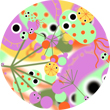 7. Gut feeling: How microbes shape autism
7. Gut feeling: How microbes shape autism
An unusual mix of bacteria may be to blame for the frequent gut problems in people with autism. Nicholette Zeliadt explores how this microbial imbalance may also alter the mind.
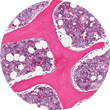 8. Study questions promise of bone marrow transplant for Rett
8. Study questions promise of bone marrow transplant for Rett
Replication is a cornerstone of research. Jessica Wright looks at the fallout from four failed attempts to replicate the findings of a high-profile study that raised hopes for a Rett syndrome treatment.
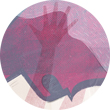 9. Unseen agony: Dismantling autism’s house of pain
9. Unseen agony: Dismantling autism’s house of pain
Some people with autism can tolerate extreme heat, cold or pressure. Paradoxically, they may experience intense pain from idiosyncratic sources but struggle to communicate it. Sarah DeWeerdt explores this painful mystery.
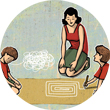 10. What should define autism: deficits or abilities?
10. What should define autism: deficits or abilities?
Autism researchers are taking a cue from their colleagues in the field of intellectual disability and focusing on individuals’ abilities rather than their deficits. Jessica Wright highlights some advantages of this approach.
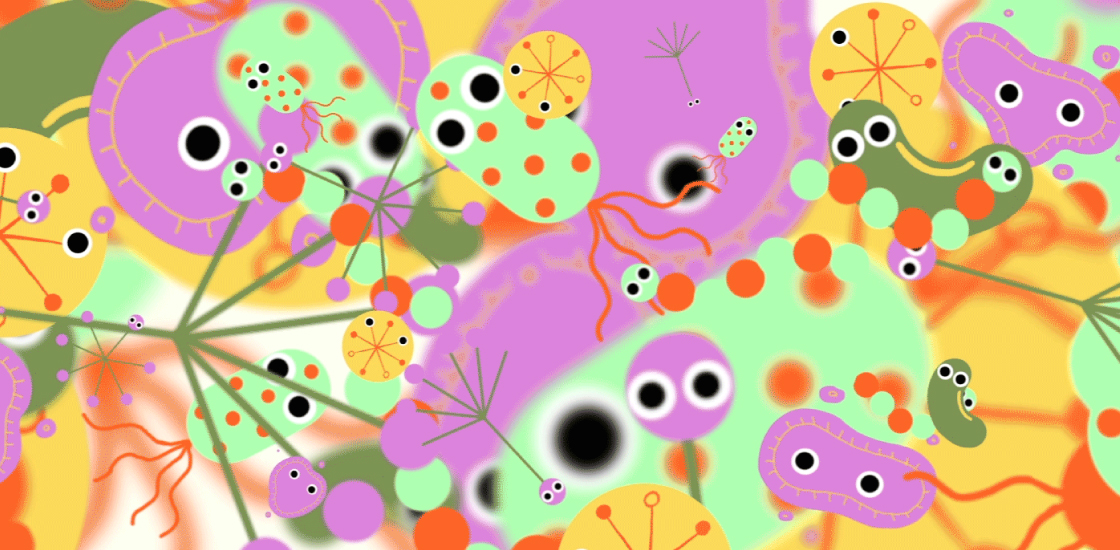
By joining the discussion, you agree to our privacy policy.